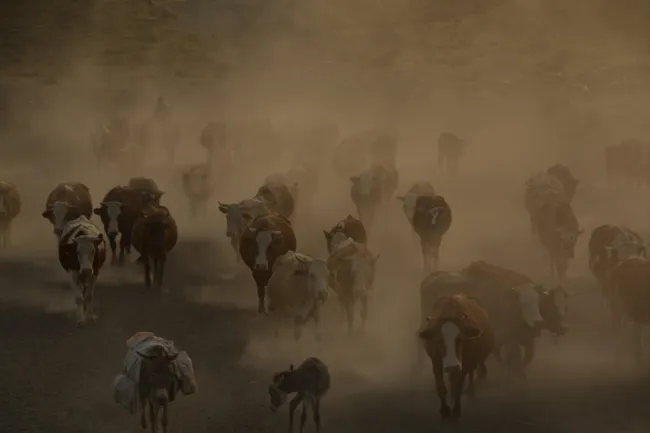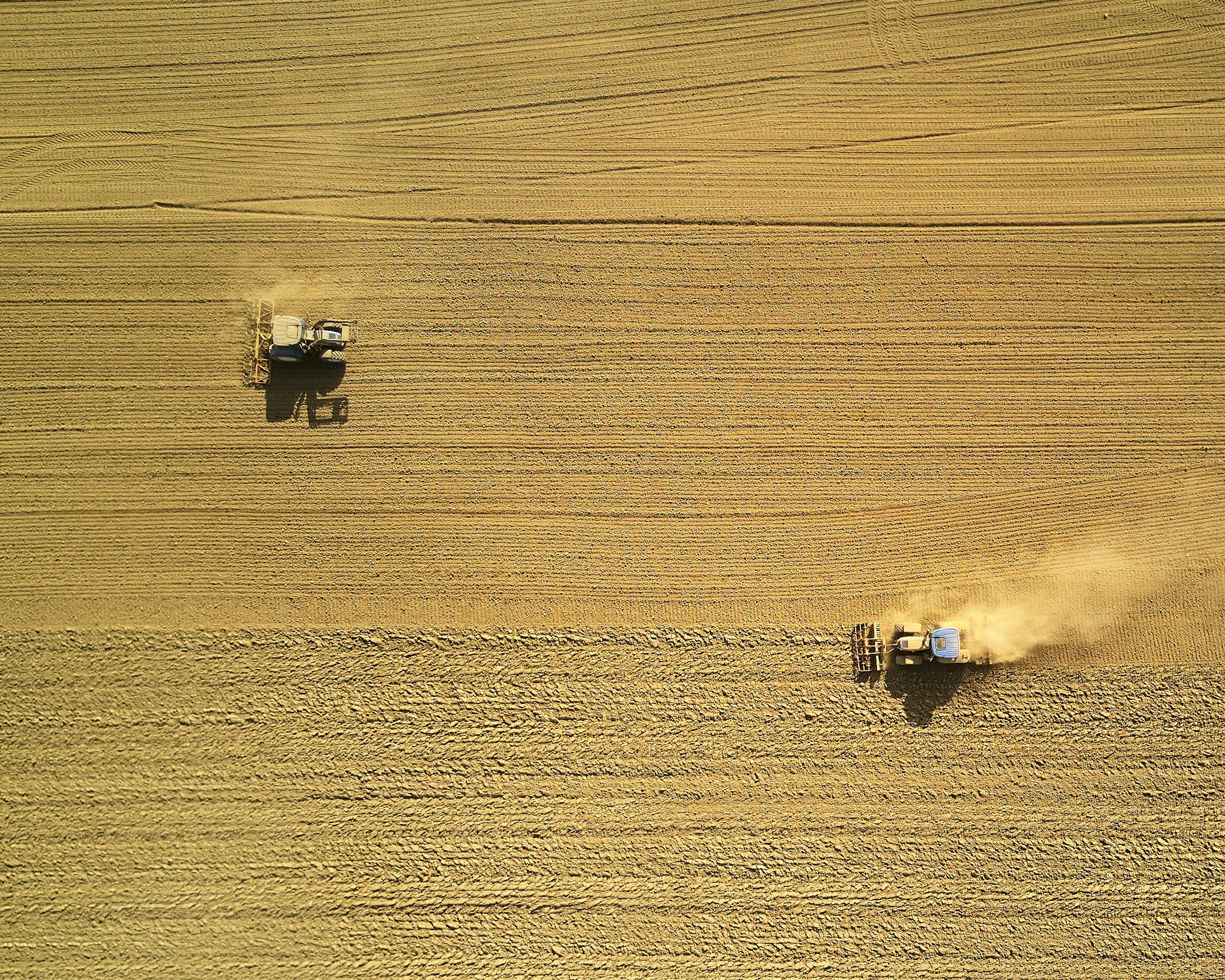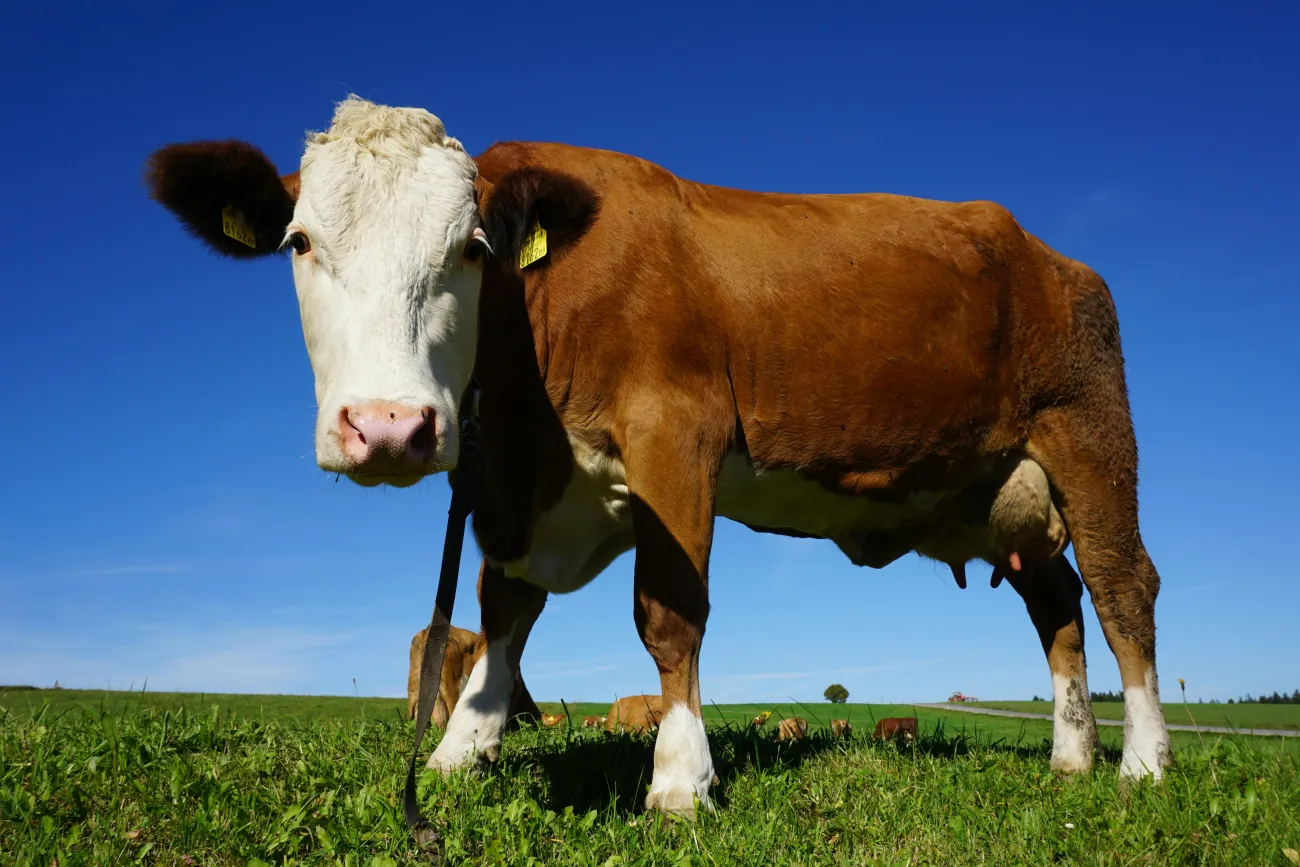This report by Changing Markets argues that dairy company Arla is hiding its true emissions through lobbying, greenwashing and creative emissions calculations to preserve its reputation and increase profits. It reports 96% of Arla's emissions are down to methane, surpassing emissions of countries like the Netherlands.

Publisher’s Summary
In this report, we look at how Arla is putting up smokescreens through lobbying, greenwashing and creative emissions calculations in order to hide its true emissions, increase its political influence, maintain dairy’s privileged position and increase the company’s profits. This provides a textbook example of how Big Meat and Dairy get away with their heavy climate footprint, as outlined in the Changing Markets Foundation report The New Merchants of Doubt.[vi]
For this report, we have examined public documents and other written sources, as well as talking to dairy farmers connected to Arla. This information paints a picture of how Arla is working to increase its already large influence in the industry, and how it lobbies policymakers to advance its agenda. Arla maintains its dairy fairytale by keeping an iron grip on its dairy farmers and sprinkling money on greenwashing campaigns to continue misleading consumers.
Emissions
With 96% of Arla’s emissions coming from methane according to estimates presented in this report – surpassing the reported agricultural emissions of countries like the Netherlands or Ukraine – we look at the company’s pledges to reduce these emissions and progress so far.
Arla positions itself as a climate champion and has pledged to reach net zero by 2050. The company has committed to reduce absolute greenhouse gas emissions in Scopes 1 and 2 by 63% by 2030. For Scope 3 emissions, Arla has an emissions reduction target of 30% per tonne of product by 2030.
To get a clearer picture of how solid these climate targets really are, we analysed Arla’s net-zero commitments against the UN’s recommendations for credible and responsible net-zero targets. Our assessment shows that, of the nine relevant recommendations, Arla fulfils only one, partially fulfils five and does not fulfil three. The analysis found:
- Arla fails to have separate reduction targets for material non-CO2 emissions, such as methane, and many of its reduction activities are banking on research and developments that are yet to be proven to be effective or rolled out for mass use.
- In particular for Scope 3 reduction targets, the company has committed only to reduce the intensity of its scope 3 emissions, not to reduce these in absolute terms.
- While the company has policies linked to sustainability, there is no clear indication how these will help Arla meet its 2050 goal.
- The one recommendation that the company meets – not using carbon credits – doesn’t paint the full picture, as the company has formerly used offsets to claim carbon neutrality for its products.
- Arla employs significant resources to lobby governments and the EU to derail climate legislation and effective measures to transform the food system.
Reference
Read more here. See also the TABLE explainer, Meat, metrics and mindsets: Exploring debates on the role of livestock and alternatives in diets and farming




Comments (0)